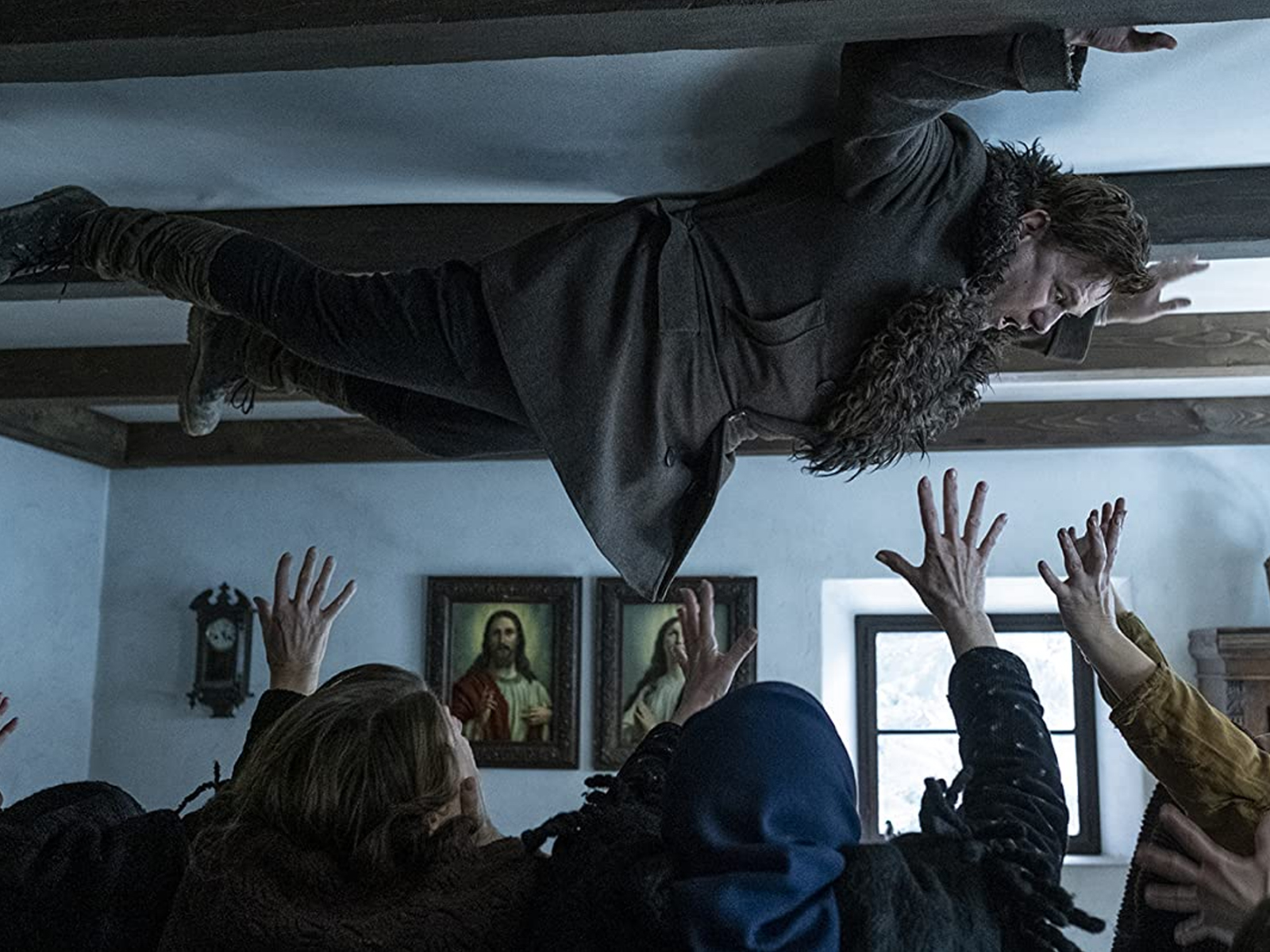
- Golden Globe Awards
Post Mortem (Hungary)
Art isn’t created in a vacuum. Much of it springs directly from stresses and inspirations which surround us all. But life also has an interesting way of sometimes rendering extra-relevant creative works which were crafted before a particularly notable historical event. Such is the case with the Hungarian supernatural drama Post Mortem, from director Péter Bergendy.
Filmed mostly in early 2019, the film is set during the aftermath of World War I, following the deadly wave of the Spanish Flu which swept the world. While its narrative focuses on various in-limbo apparitions, this backdrop of setting gives Post Mortem — which made its premiere in competition at the 2020 Warsaw International Film Festival, before racking up a slew of presentations, and honors, at festivals throughout Europe, plus seven nominations at the Hungarian Motion Picture Awards — an undeniable layer of social commentary, given the current COVID-19 pandemic.
Scripted by Piros Zánkay, from a story by Bergendy and Gábor Hellebrandt, Post Mortem centers on a photographer and war veteran, Tomás (Viktor Klem), who specializes in creating tableaus which offer grieving families a keepsake of their recently departed loved ones. When a 10-year-old orphan, Anna (Fruzsina Hais), invites him to her Spanish Flu-ravaged village where the frozen ground has prevented the burial of many dead, Tomás accepts and takes room and board with schoolteacher Marcsa (Judit Schell). Soon, however, the heavy energy of the spiritual realm overwhelms Tomás, extracting a price.
Bergendy, who trained as a psychologist and even wrote his thesis on horror film psychology, puts his rigorously academic and journalistic backgrounds (he also served as editor-in-chief of German Cinema Magazine before becoming a filmmaker) to good use in Post Mortem. The movie makes use of evocative locations, like Podmaniczky Castle in Aszód, as well as Sand Mine in Fót and Stone Mine in Tárnok. Bergendy complements and contrasts practical mood manipulation and these physical spaces with well-integrated CGI special effects work. Working with a talented below-the-line team which includes cinematographer András Nagy, composer Atti Pacsay, editor István Király, production designer Balázs Hujber, and costume designer János Brecki, among others, Bergendy crafts an atmospheric and timely exploration of grief’s icy grip.